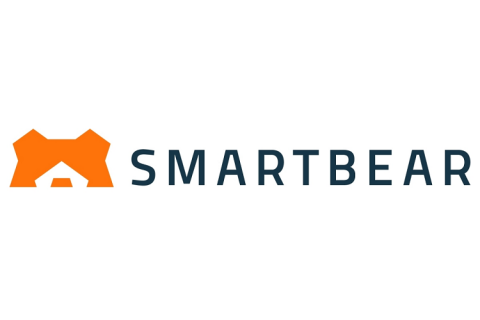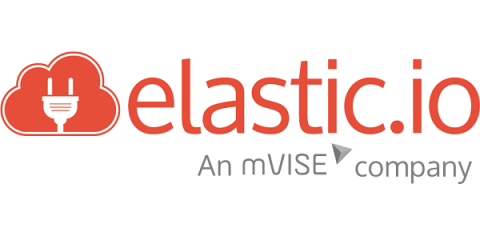Systems | Development | Analytics | API | Testing
Latest News
The 13 Most Useful Google Search Console Tools, According to 50+ SEOs
k6 v0.26.0 released
k6 v0.26.0 is here! This release contains mostly bug fixes, though it also has several new features and enhancements! They include a new JS compatibility mode option, exporting the end-of-test summary to a JSON report file, speedups to the InfluxDB and JSON outputs, http.batch() improvements, a brand new CSV output, multiple layered HTTP response body decompression, being able to use console in the init context, a new optional column in the summary, and Docker improvements!
Canary Deployment in 5 Minutes with Service Mesh
Welcome to our second hands-on Kuma guide! The first one walked you through securing your application with mTLS using Kuma. Today, this guide will walk you through Kuma’s new L4 traffic routing rules. These rules will allow you to easily implement blue/green deployments and canary releases. In summary, Kuma will now alleviate the stress of deploying new versions and/or features into your service mesh. Let’s take a glimpse at how to achieve it in our sample application.
The One SaaS Trend Prediction for 2020 That Matters
With $billions invested in digital transformation over recent years, it is little surprise that IDC’s 2020 forecast predicts a continued commitment to the digital enterprise. Moreover, it’s even had a fresh new look for 2020 as the ‘digital-first’ enterprise. What is interesting is the estimation that over the next five years over 90 percent of new apps will be cloud-native, many developed by enterprises themselves to address specific business goals and challenges.
The best part of holiday travel: Flight tracking with Talend Pipeline Designer
Nobody likes air travel during the holiday season, especially when it involves long queues at the airport security checkpoints or delayed departures thanks to unfavorable weather. Of course, once onboard, then you have to deal with a crying baby nearby or an eager conversationalist at your side. Oh, the agony!
30+ Expert Google Analytics Tips for Beginners
Kuma 0.3.1 Released with Third-Party CA Support, Health Checks, and a GUI!
At KubeCon North America 2019, the community provided us with a ton of feedback and feature requests. We’re proud to release some of the most widely requested features in our latest version of Kuma: third-party CA (Certificate Authority) support, health checks, and a GUI! Kuma’s new health checks will help minimize the number of failed requests between your application. The third-party CA support will provide more flexibility when deciding how to secure your mesh.
This year's Talend at AWS re:invent recap: Bigger, busier, and better than ever before
Whether you stopped by to visit us in person at AWS re:Invent last week or you planned on it but didn’t get a chance, here are some of the most important key points and takeaways.
How to Use Broadway in Your Elixir Application
In today’s post, we will be covering the Elixir library named Broadway. This library is maintained by the kind folks at Plataformatec and allows us to create highly concurrent data processing pipelines with relative ease. After an overview of how Broadway works and when to use it, we’ll dive into a sample project where we’ll leverage Broadway to fetch temperature data from https://openweathermap.org/ in order to find the coldest city on earth.










